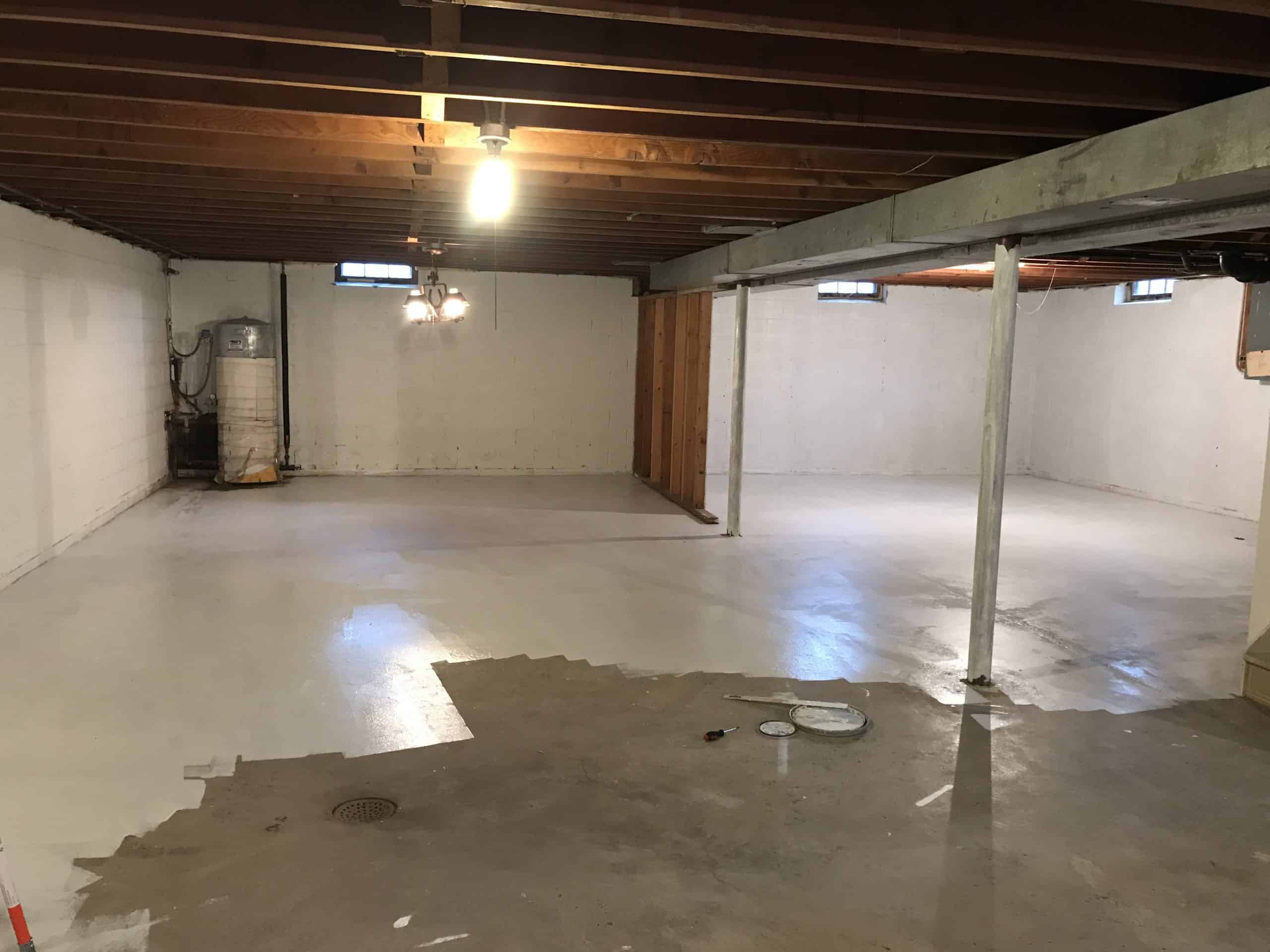

Articles
How To Prepare Your Basement For Renovation
Modified: October 20, 2024
Looking for ideas on what to do with your basement? Check out our collection of informative articles that will inspire your basement renovation project.
(Many of the links in this article redirect to a specific reviewed product. Your purchase of these products through affiliate links helps to generate commission for Storables.com, at no extra cost. Learn more)
Introduction
The basement of a house is often an underutilized space that is commonly used for storage or left empty. However, with a little creativity and some planning, the basement can be transformed into a valuable and functional part of your home. Whether you’re looking to create additional living space, a home gym, a home office, or a dedicated storage area, the possibilities for optimizing your basement are vast.
Before diving into any renovations or redesigns, it’s important to assess your basement thoroughly. Take note of any existing issues such as moisture, leaks, or structural concerns. Addressing these issues initially will provide a clean and secure space for your projects. Waterproofing and moisture control should be a priority, as moisture problems can lead to damage and health hazards.
Once the basement has been properly evaluated and any necessary repairs have been made, it’s time to envision the possibilities for this versatile space.
Key Takeaways:
- Transform your basement into a valuable and functional space by assessing its condition, addressing moisture issues, and creating additional living space, a home gym, a home office, or an entertainment room.
- Utilize your basement for storage, a laundry room, or a hobby/craft room to enhance organization and functionality, providing dedicated spaces for household tasks and creative pursuits.
Read more: How to Prepare Your Hot Tub for the Winter
Assessing the Basement
Before embarking on any basement renovation or transformation, it is crucial to assess the current condition and layout of the space. This step is essential to ensure that the foundation is structurally sound and that any existing issues are addressed before moving forward with your project.
Start by examining the walls, floors, and ceiling for any signs of water damage, cracks, or mold. Look for any signs of leakage or dampness, as this could indicate underlying water problems. It is crucial to address any moisture issues before starting any renovations, as they can lead to further damage and mold growth.
Next, evaluate the electrical and plumbing systems in your basement. Check for proper wiring, outlets, and switches. It is important to ensure that these systems are up to code and meet the necessary safety standards. If any issues are found, it is recommended to contact a professional electrician or plumber to make the necessary repairs or upgrades.
The lighting in the basement is also an important aspect to consider. Basements tend to lack natural light, so it is essential to plan for adequate artificial lighting. Consider adding recessed lighting, track lighting, or even natural daylighting solutions like skylights or egress windows.
Additionally, assess the overall layout and size of the basement. Take measurements and create a layout plan to determine how the space can be divided and utilized effectively. Consider factors such as storage needs, traffic flow, and the function of each area you plan to incorporate in your basement design.
Lastly, take into account any code regulations or permits that may be required for your basement renovation. Some areas have specific requirements for egress windows, ceiling height, and insulation. Familiarize yourself with the local building codes and obtain any necessary permits before starting the project.
By thoroughly assessing your basement, you can identify any potential issues, plan the layout effectively, and ensure that your renovation project starts on the right foot. Once the evaluation is completed, it’s time to move on to the next step: waterproofing and moisture control.
Waterproofing and Moisture Control
One of the most crucial steps in renovating or utilizing your basement is addressing waterproofing and moisture control. Basements are prone to moisture problems, which can lead to mold growth, structural damage, and unhealthy living conditions. Implementing effective waterproofing measures will not only protect your investment but also provide a safe and comfortable space for your desired usage.
The first step in waterproofing your basement is to identify and fix any existing leaks or sources of moisture. Inspect the walls, floors, and foundation for any cracks or gaps where water might seep in. Seal these areas with waterproofing compound or epoxy to prevent water intrusion.
In addition to sealing cracks, it is essential to install a proper drainage system to redirect any water away from the basement. This can be achieved through methods such as exterior or interior French drains, sump pumps, or a combination of both. A professionally installed drainage system will collect and remove any excess water, preventing it from pooling in your basement.
To further enhance moisture control, consider applying a waterproofing membrane or coating to the walls and floors. These products create a barrier that prevents moisture from penetrating into the basement. There are various options available, such as liquid-applied coatings or sheet membranes, so choose a solution that aligns with your budget and specific needs.
In some cases, it may be necessary to address the grading and landscaping around the house. Improper grading can cause water to collect and seep into the basement. Ensure that the ground slopes away from the foundation, preventing water from pooling near the walls. Additionally, inspect your gutters and downspouts to ensure they are properly directing water away from the foundation.
Adequate ventilation is another vital aspect of moisture control. Proper ventilation helps to circulate air, reduce humidity, and prevent condensation. Install vents and fans in strategic locations to promote good airflow in your basement. Consider using a dehumidifier to maintain optimal humidity levels, especially in areas with high humidity.
Regular maintenance is key to ensuring ongoing waterproofing and moisture control. Keep an eye on your basement for any signs of water infiltration or excess humidity. Address any issues promptly to prevent further damage or mold growth.
By taking the necessary steps to waterproof and control moisture in your basement, you can create a dry, healthy, and livable space for any of your desired purposes.
Creating Additional Living Space
One of the most popular uses for a basement is to create additional living space. Whether you’re looking to add a guest room, a playroom for the kids, or a cozy family room, transforming your basement into a functional living area can significantly enhance your home’s overall square footage and value.
First, consider the layout and design of your basement. Determine the number of rooms or areas you want to create and how they will flow together. Divide the space logically, keeping in mind any existing windows, doors, or structural elements that need to be worked around.
When designing the layout, take advantage of natural light sources, if possible. Position rooms closer to windows or use strategically placed mirrors to reflect light and create the illusion of larger space. If natural light is limited, incorporate ambient and task lighting to create a warm and inviting atmosphere.
Consider adding extra insulation to the walls and ceiling to improve energy efficiency and soundproofing. Insulation will help regulate the temperature in the basement and minimize noise transfer from other parts of the house.
Next, think about the flooring options that best suit your needs and personal style. Choose materials that are durable and moisture-resistant, as basements can be prone to dampness. Options like vinyl, laminate, or engineered hardwood are excellent choices for basements. Alternatively, you can opt for carpeting if moisture control measures are in place.
To create a comfortable living space, furnish your basement with appropriate furniture and accessories. Utilize space-saving furniture solutions like sectional couches with built-in storage or multi-functional pieces like ottomans that double as storage units. Select colors and patterns that complement the overall design scheme and create a cohesive look.
Consider adding amenities that enhance the functionality and comfort of the space, such as a mini kitchenette, a wet bar, or a fireplace. These features can elevate the basement’s appeal and make it a versatile area for entertainment and relaxation.
Lastly, don’t forget to incorporate proper heating and cooling systems in your basement living space. Depending on your climate, you may need to install additional vents or ductwork to ensure optimal temperature control. Consult with an HVAC professional to determine the best solutions for your basement.
By creating additional living space in your basement, you can increase the functionality and enjoyment of your home. Whether it becomes a guest suite, an entertainment area, or a playroom, a well-designed basement living space can provide endless possibilities for you and your family.
Home Gym or Fitness Area
Transforming your basement into a home gym or fitness area is an excellent way to prioritize your health and wellness without the need for a costly gym membership. Whether you’re a fitness enthusiast or just starting your fitness journey, having a dedicated space for exercise in your own home can help you stay motivated and committed to your fitness goals.
When designing your home gym, consider the type of workouts you enjoy and the equipment you’ll need. If you’re into weightlifting, invest in a sturdy weight rack, dumbbells, and a bench. For cardio workouts, you may opt for a treadmill, stationary bike, or elliptical machine. Resistance bands, yoga mats, and stability balls are versatile options for a variety of exercises.
Ensure that your basement has proper flooring to handle the impact of workouts and protect your equipment. Rubber flooring or interlocking foam tiles are excellent choices for a home gym as they provide cushioning, noise reduction, and durability. Additionally, consider adding mirrors to the walls to help with form and technique while exercising.
Proper ventilation is essential in a home gym to maintain a comfortable and odor-free space. Install fans or vents to promote airflow and reduce humidity. A dehumidifier can also help control moisture in the basement, preventing mold and unpleasant odors.
Create an environment that motivates and inspires you. Paint the walls in vibrant colors or hang motivational quotes and posters. Incorporate a sound system to play energizing music or connect with fitness apps or virtual trainers for guided workouts.
Having proper lighting is crucial for a home gym. Natural lighting can be limited in basements, so ensure you have adequate artificial lighting. Use bright and adjustable ceiling lights to evenly illuminate the space. Task lighting can be added to more specific workout areas such as weightlifting or stretching areas.
Plan your storage solutions thoughtfully to keep your gym equipment organized and easily accessible. Install shelves, hooks, or cabinets to store small accessories and keep the space clutter-free. Consider investing in equipment storage racks or wall-mounted storage systems for your larger items.
Lastly, incorporate a comfortable space for stretching and cooldown exercises. Add a yoga mat, foam roller, or massage tools to help with post-workout recovery. Consider including a small seating area where you can relax and unwind after an intense workout session.
By creating a home gym or fitness area in your basement, you can enjoy the convenience and privacy of exercising at home. Having easy access to your fitness equipment and a dedicated space for workouts will make it easier to stay on track with your fitness routine and lead a healthier lifestyle.
Read more: How To Heat Your Basement
Home Office or Workspace
In today’s increasingly remote work culture, having a dedicated home office or workspace is essential for productivity and work-life balance. Transforming your basement into a home office provides a quiet and secluded area where you can focus on your professional tasks without distractions.
Start by determining the layout and design of your home office. Consider the size of your basement and the furniture you’ll need, such as a desk, chair, storage units, and shelving. Create a floor plan that maximizes space and promotes efficient workflow.
Choose a location in your basement that offers privacy and minimal distractions. Position your desk near a window if possible, as natural light can boost productivity and improve your mood. If natural light is limited, invest in quality lighting fixtures or task lamps to ensure proper illumination.
Consider the electrical and internet requirements for your home office. Ensure that there are enough electrical outlets to power your computer, printer, and any other office equipment. Check the internet signal strength in the basement and consider using a Wi-Fi repeater or ethernet cable for a stable and reliable connection.
Create a comfortable and ergonomic workspace. Invest in an adjustable and supportive office chair to promote good posture and reduce the risk of discomfort or injuries. Use a height-adjustable desk or a desk converter to alternate between sitting and standing throughout the day.
Add storage solutions to keep your office organized and clutter-free. Install shelves or cabinets to store books, documents, and office supplies. Use desk organizers or drawer dividers to keep smaller items tidy and easily accessible.
Incorporate personal touches and decor that inspire creativity and motivation. Hang artwork or photos that reflect your personality or display motivational quotes and vision boards. Choose colors that promote focus and productivity, such as neutral tones or calming blues.
Ensure adequate soundproofing in your basement office to minimize noise distractions. Use soundproofing insulation in the walls and ceiling, and consider adding acoustic panels or heavy curtains to absorb sound and create a quieter environment.
Set boundaries and establish a routine for your home office. Designate specific working hours and create a separation between work and personal life. This can be done by closing the office door or using room dividers to physically separate the workspace from the rest of the basement.
Lastly, incorporate technology and equipment that streamline your work processes. Invest in a reliable printer, scanner, and other office essentials based on your specific needs. Consider setting up dual monitors or a large screen display to enhance productivity.
By creating a functional and comfortable home office in your basement, you can enjoy the benefits of a dedicated workspace that promotes productivity and work-life balance. Having a separate area for work will help you stay organized, focused, and efficient, ultimately improving your professional success from the comfort of your own home.
Consider finishing your basement to create additional living space. This can include adding bedrooms, a home office, or a recreational area. Make sure to address any moisture or insulation issues before starting the renovation.
Entertainment Room or Home Theater
Transforming your basement into an entertainment room or home theater is a fantastic way to create a dedicated space for relaxation and leisure. Whether you enjoy movie nights with friends and family or want a place to unwind and indulge in your favorite TV shows, a well-designed entertainment room can provide the ultimate cinematic experience right in your own home.
Start by determining the layout of your entertainment room. Consider the seating arrangement, screen placement, and any additional features you desire. Choose comfortable seating options such as recliners, sofas, or even a large sectional for a cozy and inviting atmosphere.
One of the most important elements of an entertainment room is the audiovisual setup. Invest in a high-definition television or a projector and screen combination for an immersive viewing experience. Consider installing surround sound speakers to create a theater-like atmosphere and enhance the audio quality of movies and TV shows.
Lighting is another crucial aspect of designing a home theater. Install dimmable lights or use blackout curtains to create a darkened and cinematic ambiance. Additionally, consider adding LED strip lights or recessed lighting around the room to add a touch of ambiance and improve overall visibility without producing glare on the screen.
Consider incorporating a concession area or a small bar for snacks and drinks. Install a mini-fridge or a popcorn machine and stock it with your favorite movie snacks. Add a countertop or bar stools for a convenient and fun way to enjoy refreshments during your movie nights.
When it comes to decor, consider theme-based decorations that align with your personal style or favorite movie genres. Hang movie posters or create a gallery wall showcasing your favorite films. Consider installing soundproofing materials in the walls to improve the acoustics of the room and prevent sound leakage to other parts of the house.
Invest in comfortable and versatile storage solutions to keep your entertainment room organized. Consider installing built-in cabinets or shelves to store DVDs, Blu-rays, gaming consoles, and other media. Use cable management systems to keep wires and cords neatly tucked away, reducing clutter and ensuring a clean and tidy space.
Enhance your entertainment room with smart home technology. Connect your entertainment system to a smart hub for seamless control of lighting, sound, and streaming options. Incorporate voice-controlled devices or remote systems to easily manage all the features of your entertainment room.
Don’t forget to make the space cozy and inviting with comfortable rugs, pillows, and blankets. Consider adding a dedicated game area with a pool table, ping pong table, or video game setup to provide additional entertainment options.
By transforming your basement into an entertainment room or home theater, you can create a space where you can relax, enjoy movies, and indulge in your favorite media. Whether it’s a family-friendly space or a luxurious home cinema, the basement can be transformed into the ultimate entertainment getaway.
Storage Solutions
Utilizing your basement as a storage area can help free up space in the rest of your home and keep your belongings organized and easily accessible. From seasonal items to household goods and personal belongings, implementing efficient storage solutions in your basement can help maximize functionality and keep your space clutter-free.
Start by assessing your storage needs. Identify the types of items you need to store and determine the appropriate storage solutions for each category. This can include shelving units, storage cabinets, bins, or hanging racks.
Consider installing wall-mounted or freestanding shelves to store boxes, containers, and other items. Utilize vertical space to its fullest potential and organize your belongings in labeled bins or totes for easy identification. Make use of clear storage containers for items that need visibility, and opt for opaque containers for items that can be stored out of sight.
If you have specific items that need special care or protection, such as seasonal clothing or delicate belongings, consider investing in airtight containers or garment bags to prevent damage from moisture, pests, or dust.
Create designated areas for different categories of items. For example, you can designate one area for holiday decorations, another for sports equipment, and another for household tools and supplies. Employing a systematic approach to organizing your storage areas will make it easier to locate and access items when needed.
Wall hooks and hanging racks are excellent options for items such as bicycles, gardening tools, or sports gear. Hang them on the wall to free up valuable floor space and keep these items easily accessible.
If you have large and bulky items, such as furniture or appliances, consider using furniture sliders or dollies to move them around your basement. This will make it easier to reorganize your storage space as your needs change over time.
Ensure that your basement is properly ventilated and protected against moisture to prevent damage to your stored items. Install proper insulation and employ dehumidifiers or moisture absorbers to maintain a dry and controlled environment. If there are any signs of leaks or water intrusion, address the issue immediately to safeguard your belongings.
Labeling is crucial when it comes to storage. Use clear and descriptive labels on boxes and containers to easily identify the contents. This will save you time and effort when searching for specific items in the future.
Regularly evaluate your storage space and declutter as needed. Donate or dispose of items that are no longer needed or have gone unused for a prolonged period. This will help prevent the accumulation of unnecessary belongings and keep your storage area clean and organized.
By implementing efficient storage solutions in your basement, you can create a well-organized space that maximizes storage capacity and keeps your belongings easily accessible. A clutter-free basement will help streamline your home organization and provide a sense of order and tranquility in your living space.
Laundry Room
Transforming your basement into a dedicated laundry room is an excellent way to enhance the functionality of your home and streamline your laundry routine. With a properly designed and organized laundry room, you can tackle your laundry tasks more efficiently and create a space that is both practical and aesthetically pleasing.
The first step in creating a basement laundry room is to assess the layout and plumbing requirements. Determine the best location for your washer, dryer, and utility sink, taking into account the existing plumbing connections. Ensure that the necessary electrical outlets and ventilation are in place to accommodate your laundry appliances.
If your basement does not have existing plumbing, consult with a professional plumber to install the proper drainage connections and water supply lines for your washer, dryer, and utility sink. It is crucial to adhere to local building codes and regulations during the installation process.
Consider the layout of your laundry room and plan for ample counter space for sorting, folding, and organizing laundry. Install a sturdy countertop above your washer and dryer to provide a convenient work surface. You can also incorporate cabinets or shelves above or below the countertop for additional storage space.
Create a designated area for sorting and pre-treating laundry. Install a wall-mounted drying rack or a retractable clothesline for air-drying delicate items. Consider adding a fold-down ironing board for easy access when needed.
Proper lighting is essential in the laundry room. Install bright, task lighting above the countertops and work areas. Consider utilizing LED lights to enhance visibility and energy efficiency. If your basement has windows, take advantage of natural light to create a bright and inviting space.
Incorporate storage solutions to keep your laundry essentials organized and easily accessible. Use cabinets, shelves, or baskets to store detergent, fabric softener, stain removers, and other cleaning supplies. Consider installing a hanging rod for freshly ironed clothes or to hang garments that need to air dry.
Utilities such as a utility sink or a folding table can be valuable additions to your laundry room. A utility sink provides a convenient space for handwashing items or for filling buckets for cleaning purposes. A folding table offers extra surface area for folding clothes or storing laundry baskets.
Keep in mind the importance of proper ventilation in your laundry room. Install a vented exhaust fan or ensure that there is proper airflow to help remove moisture and odors from the space.
Consider adding aesthetic touches to your basement laundry room to make it a pleasant and inviting space. Paint the walls with cheerful colors or use wallpaper to add a pop of personality. Hang artwork or decorative hooks to enhance the visual appeal of the room.
By transforming your basement into a laundry room, you can create a dedicated space that simplifies your laundry routine and helps keep your home organized. A well-designed laundry room will not only make household chores more efficient but also contribute to a more functional and enjoyable living environment.
Read more: How To Decorate Your Basement
Hobby or Craft Room
Transforming your basement into a hobby or craft room provides a dedicated space where you can pursue your passions and indulge in creative activities. Whether you enjoy painting, sewing, woodworking, or any other artistic endeavor, having a designated area for your hobbies will help you stay organized, inspire innovation, and bring your creative visions to life.
Start by assessing the layout and storage needs of your hobby or craft room. Determine the size and number of workstations you require based on the type of activities you enjoy. Consider incorporating a sturdy worktable, ample storage space, and proper lighting to enhance your crafting experience.
Create a functional and ergonomic workstation by investing in a comfortable chair and a well-sized table or desk. Ensure that the work surface is spacious enough to accommodate your crafting supplies, tools, and projects. Install additional lighting fixtures or task lamps to provide ample illumination for detailed tasks.
It’s crucial to have proper storage solutions in your hobby or craft room to keep your supplies organized and easily accessible. Utilize shelves, cabinets, or pegboards for storing materials such as fabrics, paints, brushes, or tools. Depending on your needs, consider investing in storage bins, jars, or labeled containers for smaller craft items like beads, buttons, or threads.
Maximize wall space by installing pegboards or wall-mounted organizers that allow for easy access to frequently used tools and supplies. Use hooks, baskets, or clear plastic pockets to store items like scissors, rulers, brushes, and other handy tools. This will not only keep your workspace tidy but also make it easier to find what you need when you’re in the middle of a project.
Consider incorporating a dedicated cutting or sewing area if your craft involves fabric or textiles. Invest in a quality cutting mat, a sewing machine, and a comfortable chair. Install a wall-mounted ironing board or a fold-down table for quick and convenient pressing.
Create an inspirational atmosphere in your craft room by adding decorative touches that reflect your personal style. Hang artwork, inspirational quotes, or a mood board to spark creativity. Incorporate your favorite colors, patterns, or fabrics into the room’s decor to make it a space that truly inspires you.
If your craft involves messy materials like paints or glues, consider adding durable and easy-to-clean flooring in your basement. Vinyl or epoxy flooring is an excellent choice that can withstand spills and stains.
Invest in good ventilation to ensure a comfortable and healthy environment in your craft room. If your basement has windows, open them for fresh air circulation. Use fans or install exhaust vents to remove fumes or odors that may be generated from paints, varnishes, or adhesives.
Finally, create a cozy and inviting space by adding comfortable seating, rugs, or cushions. Consider having a cozy reading nook or a small area for relaxation to take breaks and recharge during your creative sessions.
By transforming your basement into a hobby or craft room, you can create a dedicated space where you can unleash your creativity and explore your artistic talents. Having a well-organized and inspiring environment will help you fully immerse in your hobbies and enjoy the process of bringing your creative visions to life.
Conclusion
Your basement is an untapped resource of space that has the potential to be transformed into a functional and valuable part of your home. Whether you choose to create additional living space, a home gym, a home office, an entertainment room, a storage area, a laundry room, or a hobby or craft room, the possibilities for optimizing your basement are endless.
Before embarking on any basement renovation project, it is essential to assess the current condition of your basement and address any existing issues such as moisture or structural problems. Waterproofing and moisture control should be a priority to ensure a clean and secure space for your projects.
Creating additional living space in your basement not only expands your usable square footage but also provides flexibility for accommodating guests, creating dedicated recreational areas, or simply adding more room for family activities. From designing a cozy guest suite to a spacious family room or playroom, the possibilities are endless.
A home gym or fitness area in your basement allows you to prioritize your health and wellness without the need for a gym membership. Transforming your basement into a home gym provides a dedicated space where you can exercise, stay motivated, and achieve your fitness goals conveniently from the comfort of your own home.
A home office or workspace in the basement provides a quiet and secluded area where you can focus on your professional tasks and maximize productivity. Having a designated home office allows for work-life balance and helps keep your work and personal life separate.
An entertainment room or home theater in the basement offers a space where you can unwind and enjoy your favorite movies, TV shows, or gaming sessions. Creating a dedicated entertainment area adds a touch of luxury and provides a perfect space for gatherings with friends and family.
Utilizing the basement as a storage area helps keep your home organized and free up space in other areas. By implementing efficient storage solutions, you can create a clean and clutter-free basement where you can easily store and access your belongings.
Transforming the basement into a laundry room provides a dedicated space for all your laundry needs, making this essential household task more convenient and organized. A well-designed laundry room in the basement streamlines your laundry routine, helps keep your home tidy, and enhances the overall functionality of your living space.
Lastly, creating a hobby or craft room in the basement offers a space for you to pursue your creative passions and indulge in your hobbies. A designated craft room provides ample storage, a comfortable workspace, and an environment that inspires creativity.
In conclusion, your basement holds endless possibilities for transforming it into a functional part of your home. By assessing your needs, planning carefully, and incorporating the right design elements, you can optimize your basement space and create a valuable and enjoyable area that enhances your home and lifestyle.
Frequently Asked Questions about How To Prepare Your Basement For Renovation
Was this page helpful?
At Storables.com, we guarantee accurate and reliable information. Our content, validated by Expert Board Contributors, is crafted following stringent Editorial Policies. We're committed to providing you with well-researched, expert-backed insights for all your informational needs.
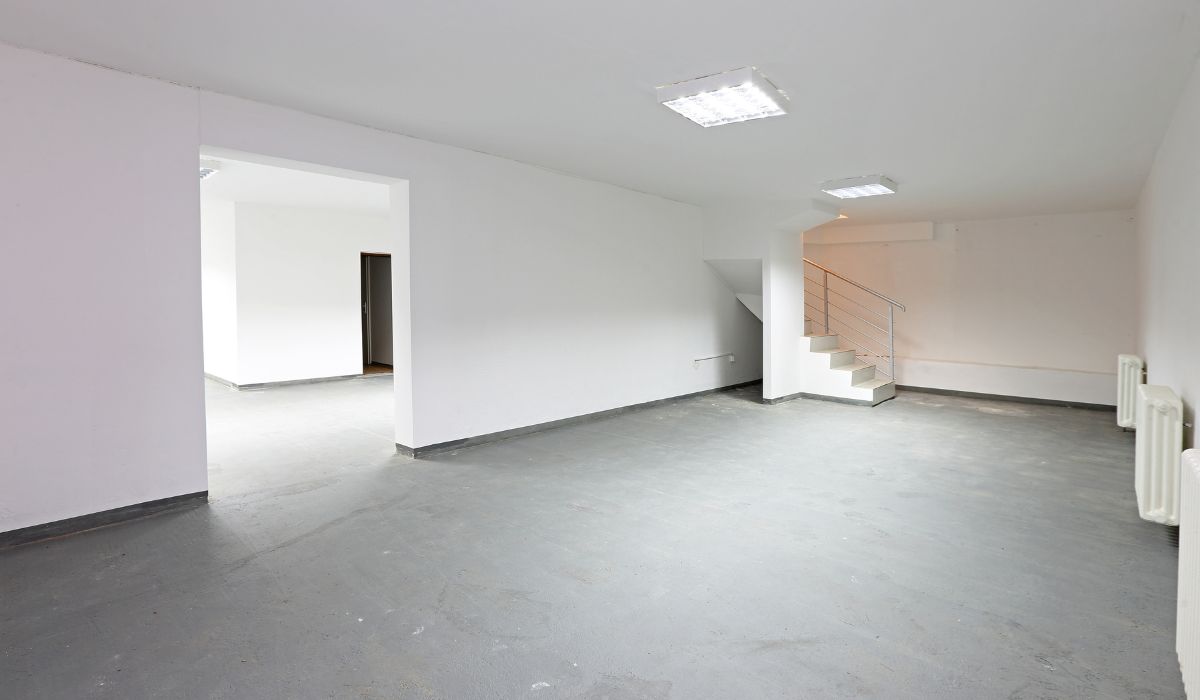
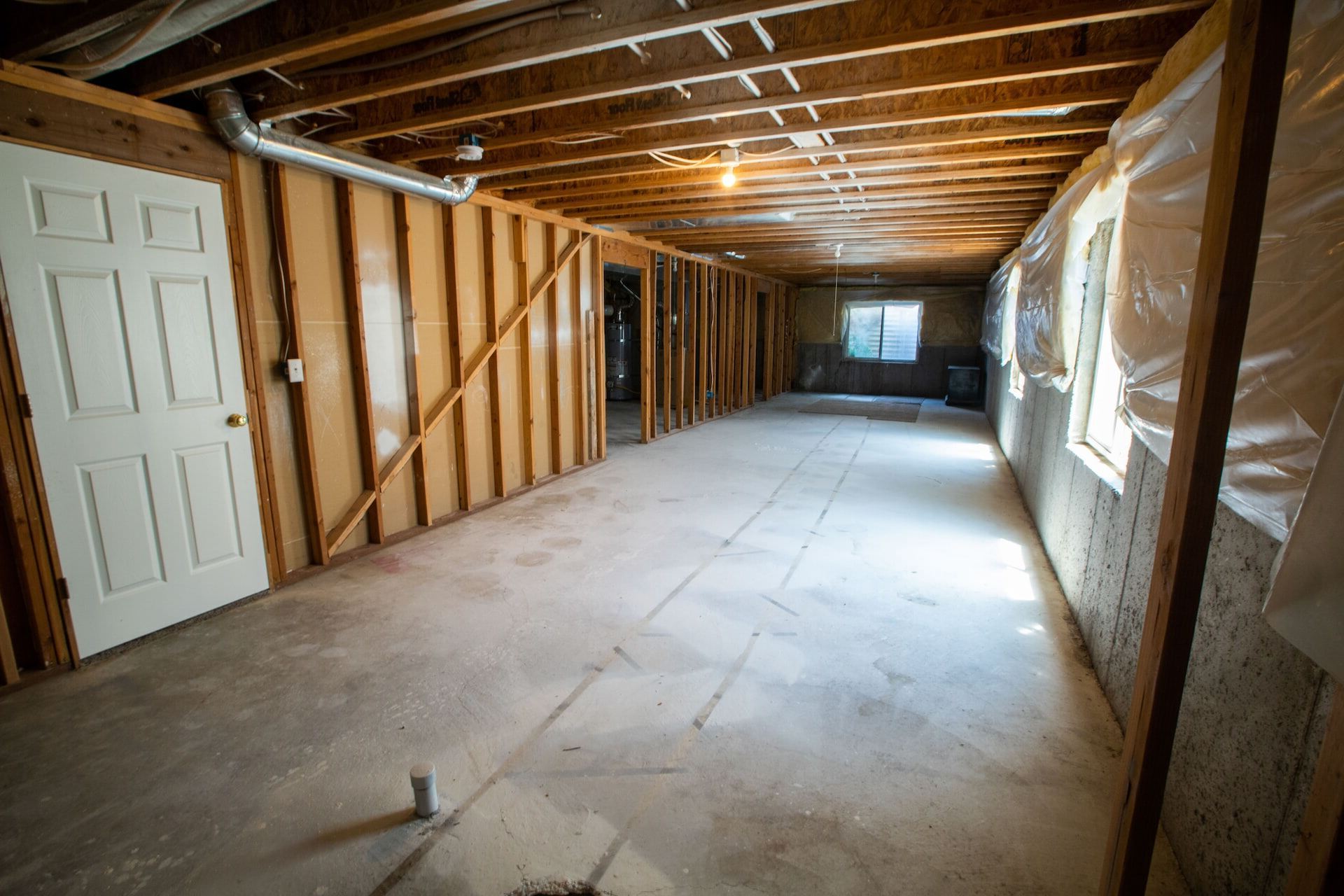
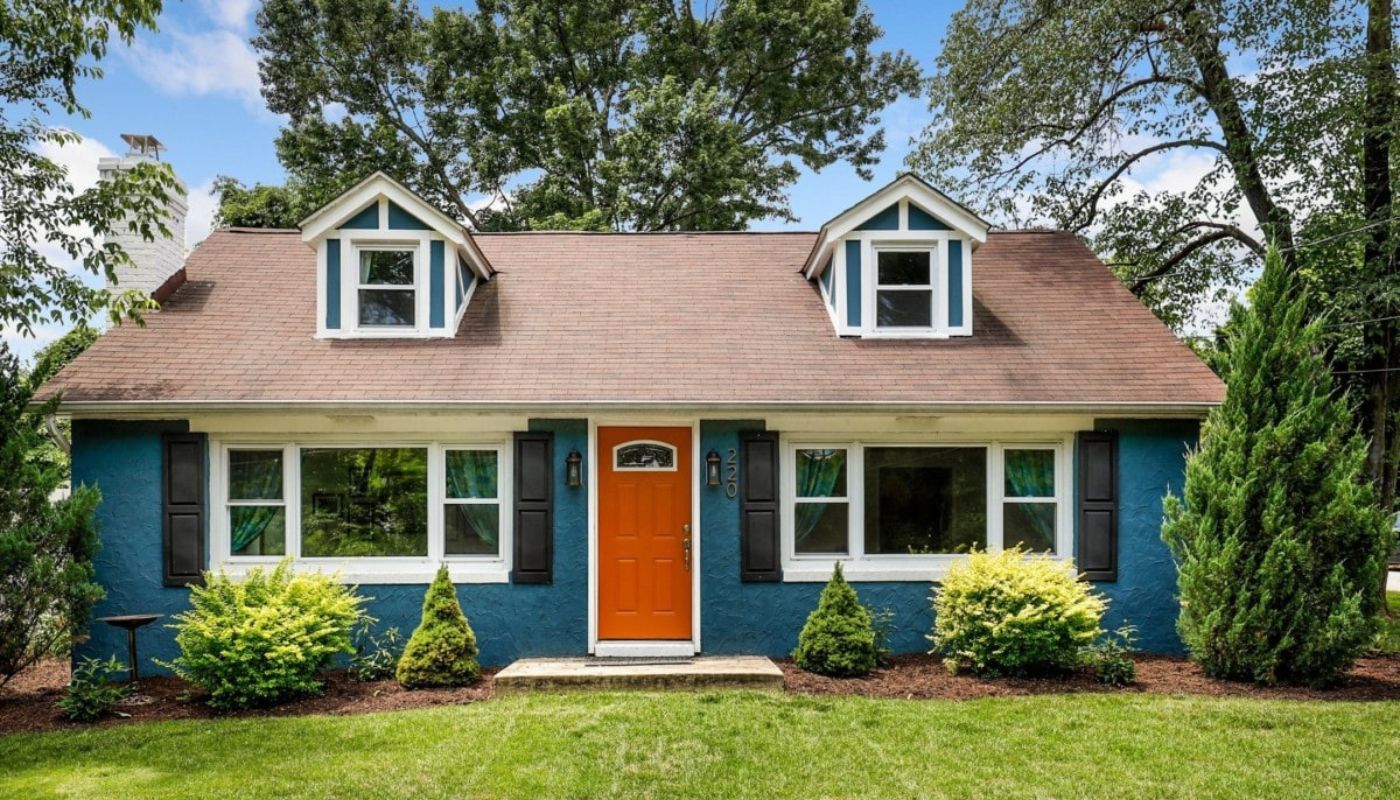
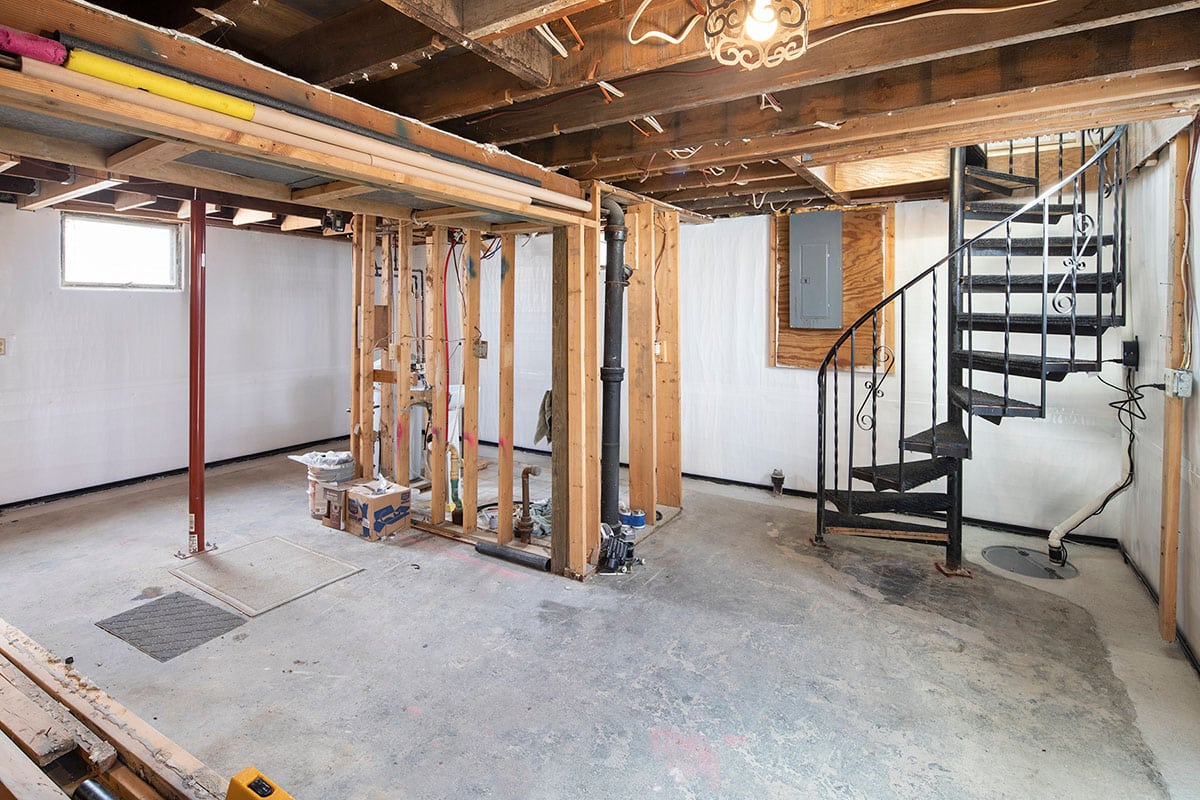
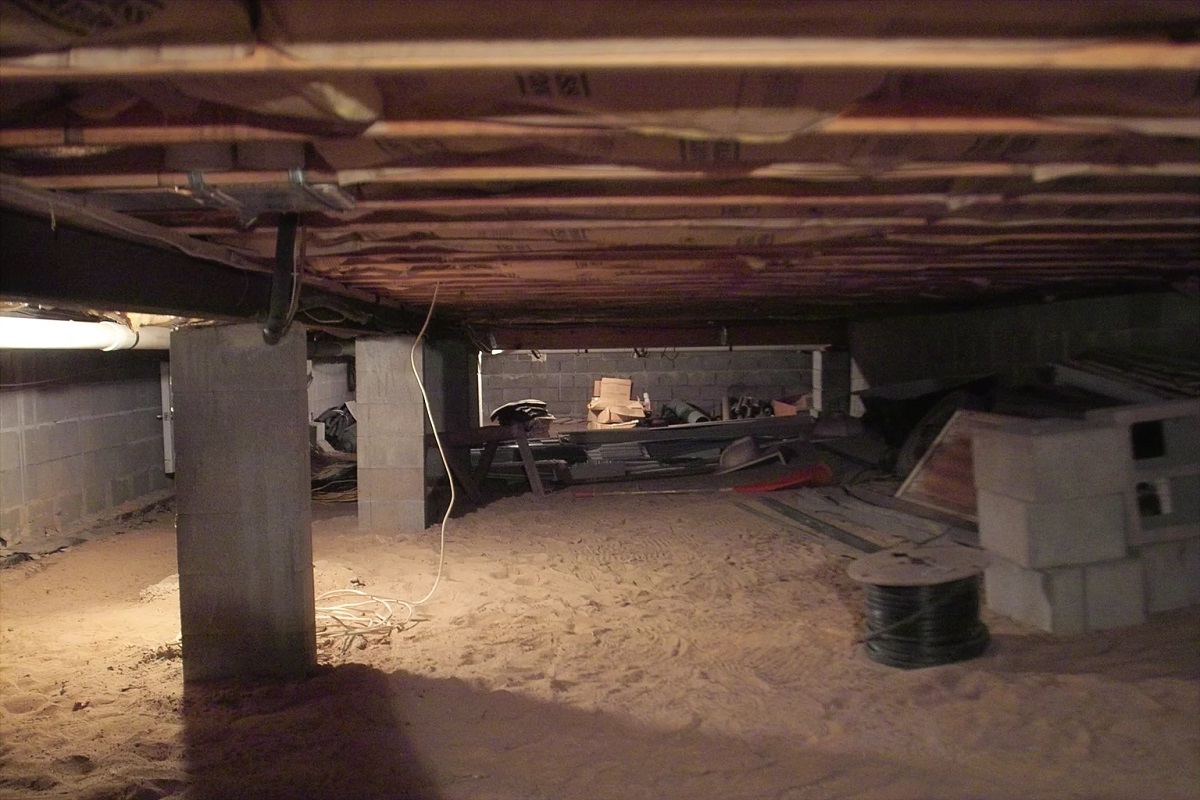

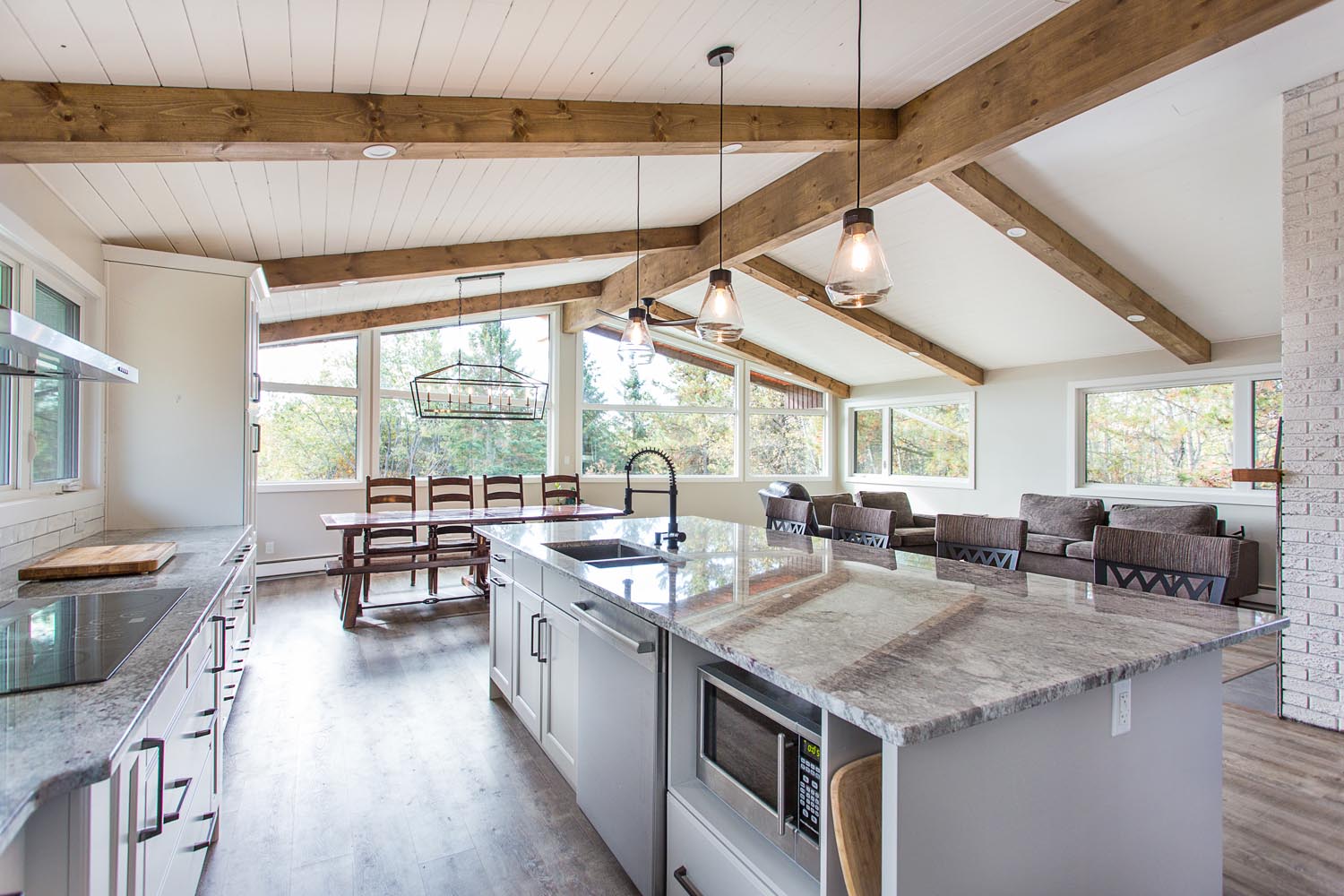

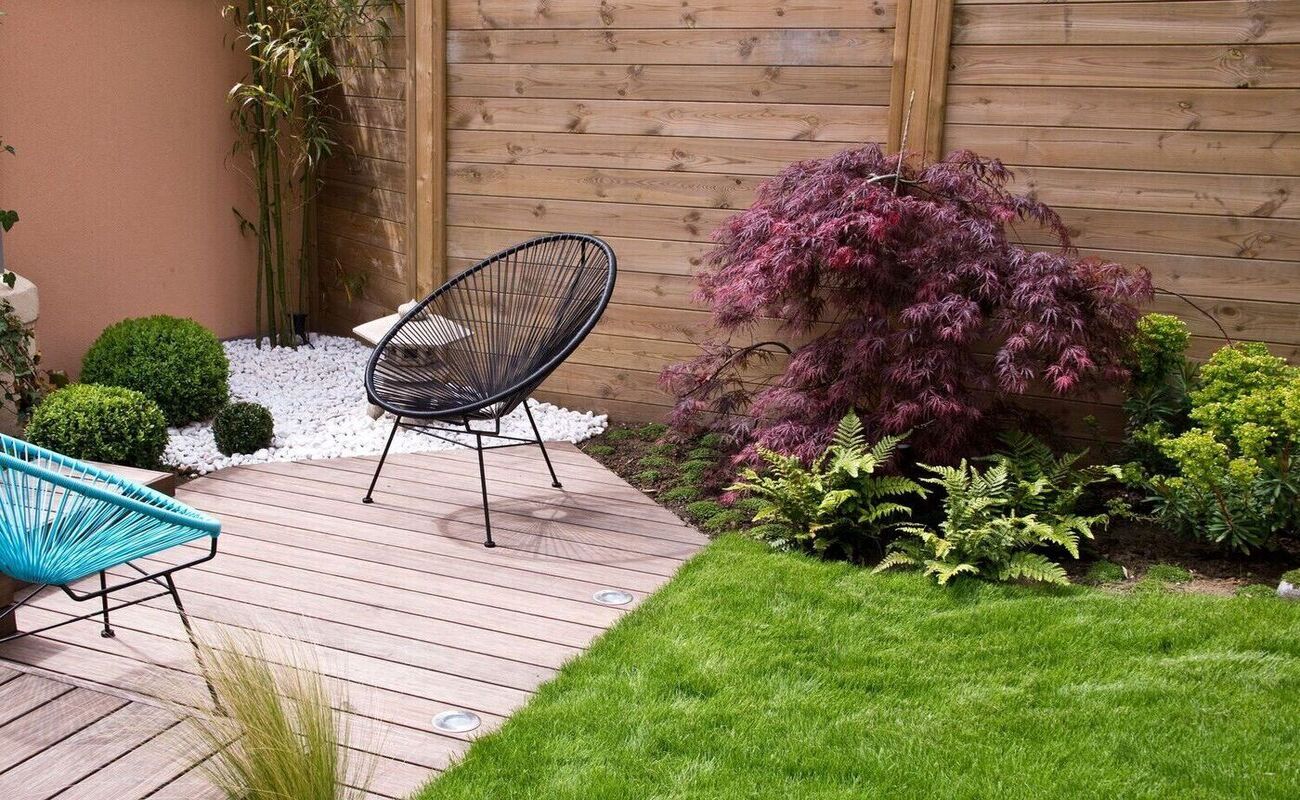

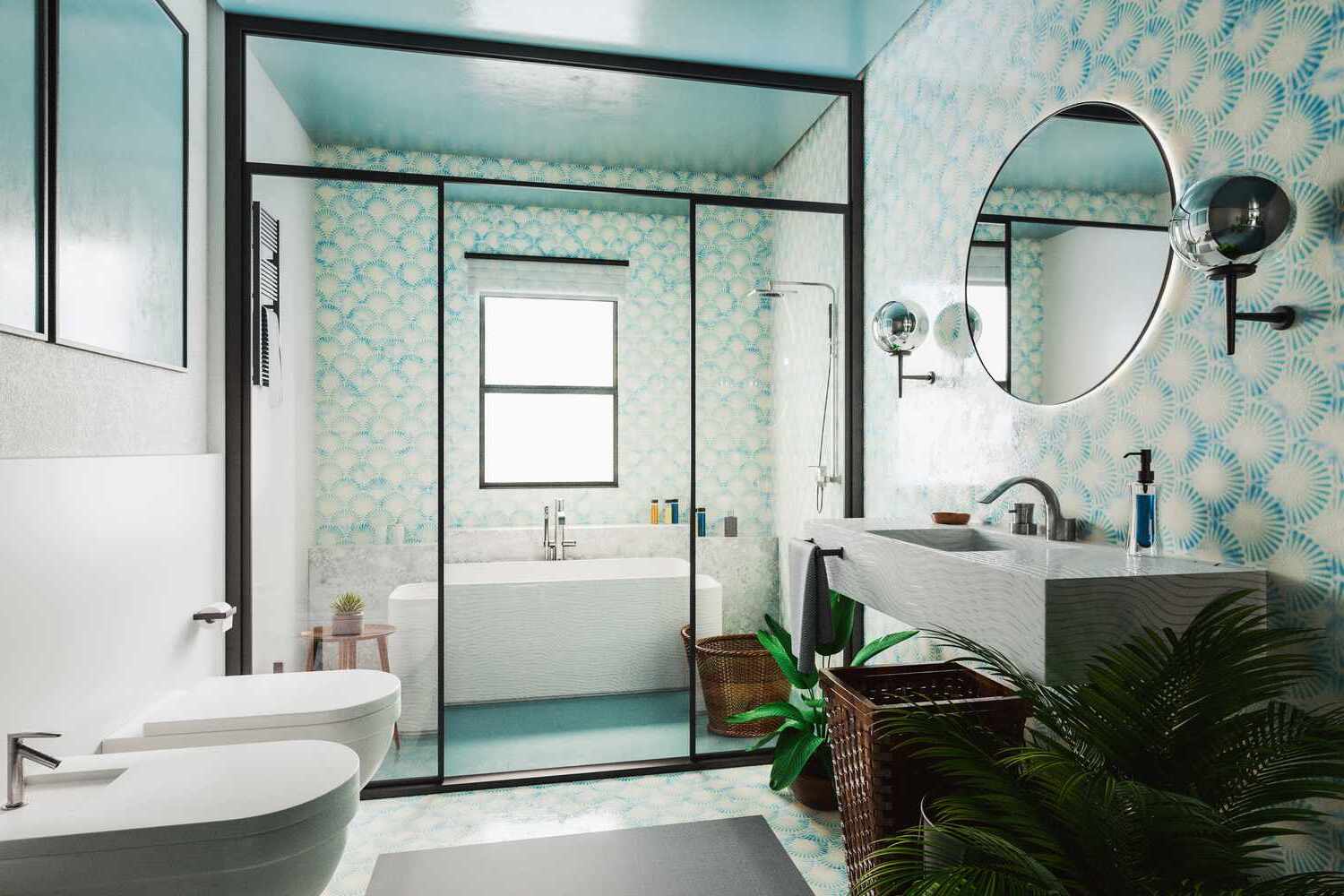
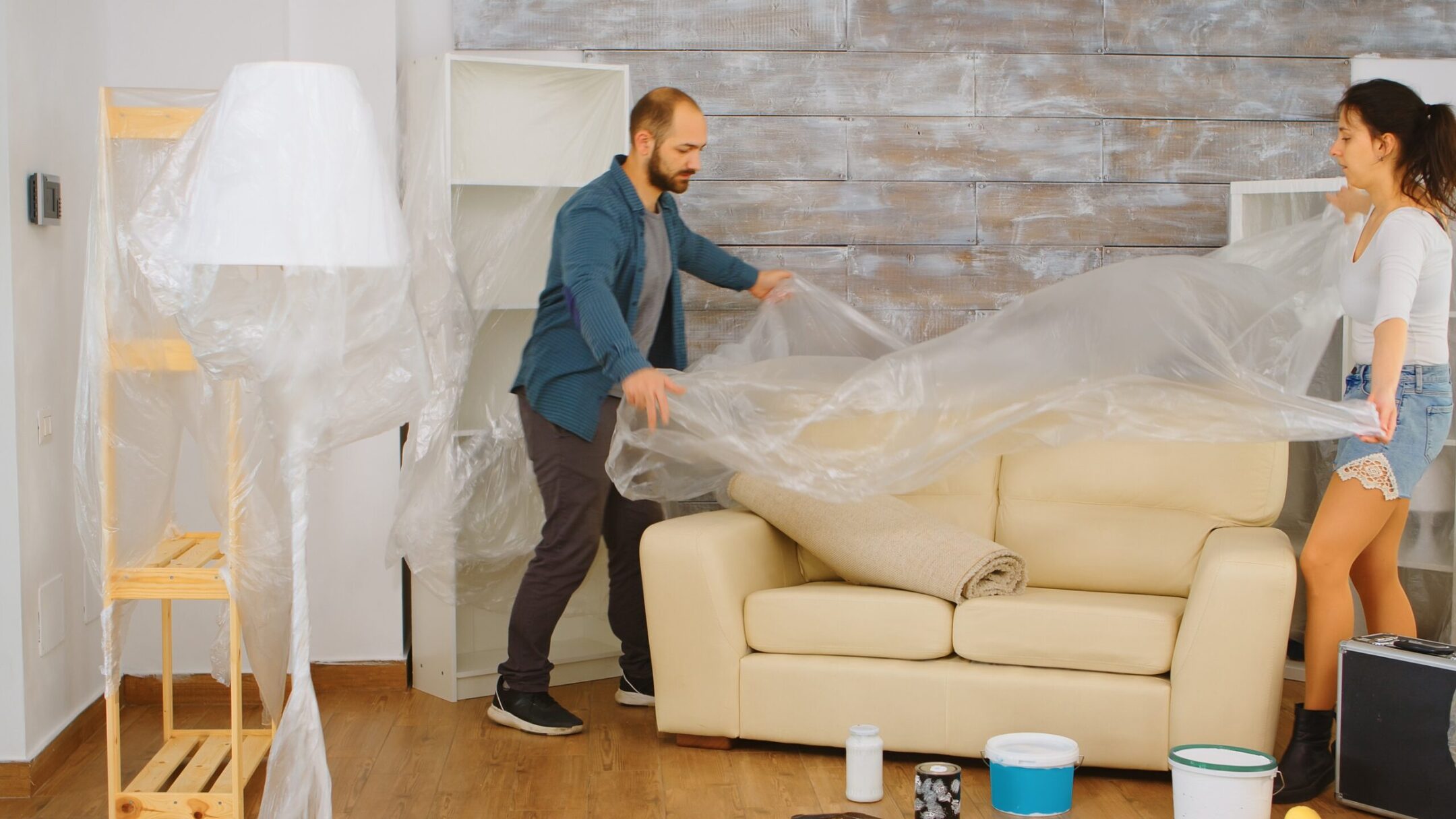


0 thoughts on “How To Prepare Your Basement For Renovation”